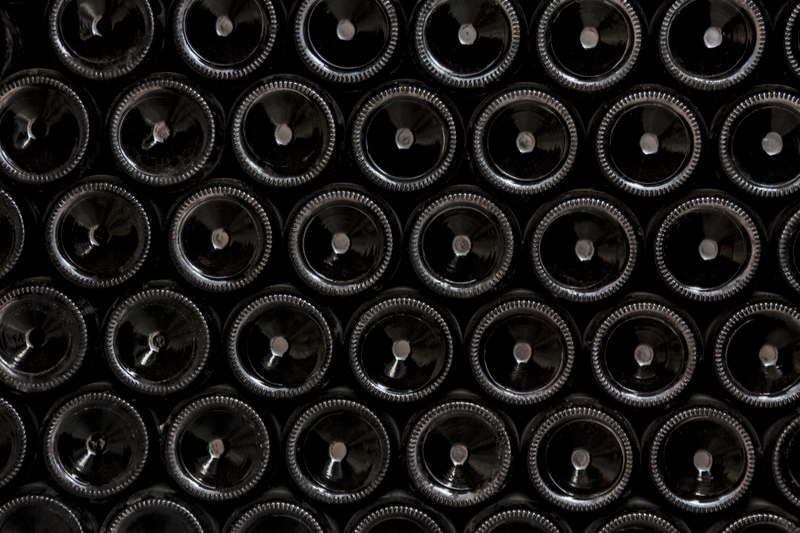The Road to Ending Microplastic Pollution
Microplastic pollution has become one of the most pressing environmental issues of our time. These tiny plastic particles, measuring less than 5mm, pose substantial risks to marine life, ecosystems, and even human health. In this comprehensive guide, we will explore the journey toward ending microplastic contamination and achieving a more sustainable planet.
What Are Microplastics?
Microplastics are microscopic fragments of plastic that result from the breakdown of larger plastic debris or are manufactured as microbeads for cosmetic products. They are found in a variety of environments, ranging from our oceans to our soil and even in the air we breathe.
Sources of Microplastic Pollution
Microplastics originate from diverse sources, making them ubiquitous in the environment. Some of the primary contributors to microplastic pollution include:
- Textile Fibers: Synthetic fibers from clothing can shed in the wash, entering wastewater systems.
- Cosmetic Products: Products like exfoliants often contain microbeads, which are washed into waterways.
- Industrial Processes: Microplastic particles are generated through industrial activities, including plastic manufacturing and ship maintenance.
- Degradation of Larger Plastics: Larger plastic items, such as bottles and bags, break down over time into microplastics due to physical, chemical, and biological processes.

The Environmental Impact of Microplastics
Microplastics pose a significant threat to the environment. Marine animals, mistaking these particles for food, ingest them, which can lead to a range of biological issues. Moreover, these particles can serve as vectors for other pollutants, such as heavy metals and pesticides, thereby intensifying their hazardous effects.
Impact on Marine Life
The ingestion of microplastics by marine organisms can lead to obstruction of digestive tracts, reduced nutrient absorption, and even death. Smaller marine creatures, which form the base of the food chain, are particularly susceptible, leading to cascading effects throughout the ecosystem.
Human Health Concerns
Microplastics are now found in soil, air, and even drinking water, raising concerns about their impact on human health. While research is ongoing, potential health risks include exposure to chemicals leaching from plastics, which are known to disrupt endocrine systems and contribute to diseases such as cancer.

Tackling Microplastic Pollution
Addressing microplastic contamination involves a multifaceted approach. Governments, industries, and individuals all have roles to play in this global challenge.
Government Policies and Legislation
Governments around the world are starting to implement policies aimed at reducing plastic pollution. Some notable initiatives include:
- Plastic Bans: Many countries have introduced bans on single-use plastics, such as straws and bags.
- Waste Management Improvements: Enhancing waste collection and recycling processes to prevent plastics from entering the environment.
- Regulations on Microbeads: Prohibiting the use of microbeads in personal care products to stop direct entry into waterways.
Innovative Industry Solutions
Industries are innovating by developing alternatives to traditional plastics and improving product design for minimal environmental impact. Initiatives include:
- Biodegradable Plastics: Developing plastics that break down more easily in the natural environment, reducing long-term pollution.
- Eco-friendly Textiles: Shifting to natural fibers and minimizing the release of synthetic fibers in laundering processes.
- Zero-Waste Manufacturing: Streamlining production to limit waste generated and incorporate recycled materials in new products.
Personal Contributions and Awareness
Individuals play a crucial role in reducing microplastic pollution through conscious consumer choices and lifestyle changes. Some steps individuals can take include:
- Reducing Plastic Use: Opt for reusable items such as cloth bags, metal straws, and glass bottles.
- Engaging in Advocacy: Support policies and organizations that focus on plastic reduction and environmental protection.
- Spreading Awareness: Encourage others to join the fight against microplastic pollution and share knowledge on sustainable practices.
The Future of Microplastic-Free Oceans
The road to ending microplastic pollution is long, but progress is being made through collaboration and innovation. Scientists and researchers are continually developing new methods to detect, track, and understand the impacts of microplastic pollution.
Research and Technological Advancements
There are ongoing efforts to develop cutting-edge technology for removing microplastics from the environment. This includes:
- Advanced Filtration Systems: Development of filtration technology capable of capturing microplastics from water sources and wastewater treatment plants.
- Environmental Monitoring Tools: Innovative sensors and analytical methods to detect and quantify microplastic concentrations in different environments.
- Bioremediation Techniques: Researching the potential of microorganisms to naturally break down plastics into harmless products.
Global Collaboration
International cooperation is crucial in tackling microplastic pollution. By sharing knowledge, resources, and strategies, countries can work together to create a cleaner and healthier planet for future generations.
In conclusion, the journey to end microplastic pollution is an evolving story of challenges and innovation. Through a combination of policy changes, technological advancements, and shifts in public perception, a sustainable future free of microplastics is within reach.